Watch Out for These 10 Investment Bubbles
Asset bubbles are funny things. You’re not sure something is in a bubble until it pops. Ever since investors first bid up the price of tulip bulbs to ridiculous levels back in the early 1600s, one thing many economists seem to agree on is that pre-popped bubbles defy formal identification.
This past year Princeton economist Paul Krugman said there’s no standard definition for them. Last week, Columbia University economist Guillermo Calvo said at a San Francisco Fed conference that we still don’t have a theory about them. “Irrational Exuberance” author and Yale economist Robert Shiller, who recently said stock prices are high but not at alarming levels, called market bubbles a form of “social mental illness.”
While we may not have an academic definition of bubbles, investors certainly have fresh memories of getting burned by the U.S. housing bubble in 2006 and the dot.com bubble in 1999. With this in mind, MarketWatch looked at 10 assets that are showing that sort of frothiness that could indicate a bubble in the making.
1. U.S. Stocks lack a ‘wall of worry’
The bull market is almost five years old, and the Standard & Poor’s 500-stock index SPX +0.31% is up around 170% since the March 2009 low, making this once-raging bull now an aging one. Since the last true correction of at least 10% ended in June 2012, the S&P 500 has gained almost 40%. Corrections are healthy for markets — they help to reset investor expectations — and such a long run without a reversal is concerning.
The stock market might well have had more typical ups and downs if not for a Federal Reserve intent on boosting stocks and other assets by suppressing interest rates. Now corporate earnings growth is slowing, and the Fed is close to scaling back, or “tapering,” the bond-buying program that has kept yields artificially low and put a floor under the market. Yet many investors are ignoring the caution signs. The market needs a “Wall of Worry” to climb, but retail buyers have become brave and confident — two qualities investors should avoid except at points of extreme pessimism, which this is surely not.
—Jonathan Burton
2. Bitcoin rising
Bitcoin prices skyrocketed nearly 76% in November through Friday, and they’re up more than 20 times this year, breaking through records at a pace that has many market participants bracing for a correction. “If you look at the history of bitcoin trading, it’s a series of bubbles, corrections and setting of a new floor,” said Barry Silbert, founder and chief investment officer of SecondMarket, which launched a bitcoin trust in late September. In response to whether bitcoin is in bubble territory, he said: “Looking at a price chart, it’s hard to say that we’re not.” Several factors have come together. Demand for bitcoin has surged in China, making the Chinese bitcoin exchange BTC China the most heavily traded in terms of 30-day volume. The Chinese yuan now makes up about 50% of trading on exchanges, up from single digits earlier in 2013, said Greg Schvey, head of research at the Genesis Block, a bitcoin research firm.
—Saumya Vaishampayan
3. Top Scotch
Talk about a liquid asset. In the past few years, rare whiskies, especially Scottish single malts, have become a hot collectible category. Whisky Highland, a Scottish company that tracks auction prices and compiles an index of the top-selling Scotches, says prices have soared by 170% since the end of 2008. And with buyers purchasing more than $18 million worth of bottles at auction in 2012 and with the rarest of whiskies routinely fetching four and five-figure prices, some collectors say the market has nowhere to go but up. But others caution we could be seeing the beginning of a whisky bubble, particularly as more distilleries release limited-edition bottles and potentially push the supply beyond the demand. Complicating the issue: A lot of these limited-edition whiskies may not cut it from a connoisseur’s standpoint, says Noah Rothbaum, editor-in-chief of Liquor.com. “Just because something costs $5,000 doesn’t mean it’s an amazing whisky,” he says. The chart at left shows the increase since 2008 for the Investment Grade Scotch 1000 index, on a monthly basis.
—Charles Passy
4. London property prices
It’s been some incredible years, not to talk about some fantastic past months, for the London housing market. In October alone, asking prices in the capital soared by 10% and with continued upbeat data about the U.K. economy, some analysts fear we’re entering a dangerous boom-bust cycle. “The key thing in London is that demand exceeds supply and there isn’t enough new supply coming on tap,” said Frances Hudson, global thematic strategist at Standard Life Investments.
But it’s not just domestic demand that drives London real-estate prices. Foreign demand is also heating up as wealthy overseas buyers look for safe-haven investments. While the demand for London location doesn’t seem to be slowing anytime soon, the developments in interest rates could cap the impressive growth rates. “One thing to consider is what happens with interest rates. If the U.S. tapers and the U.K. remains on a sustainable growth path, you could see rates rise and it would be more expensive to get a mortgage. That would take some of heat out of the property market,” Hudson said.
—Sara Sjolin
5. Momentum stocks
A rush of money into equities has propelled a handful of stocks to dizzying heights, creating a new class of momentum plays such Tesla Motors Inc. TSLA -1.36% and Facebook Inc. FB +0.48% that some find hard to justify. Tesla and Facebook shares have behaved as if they were on Red Bull for most of this year, far outpacing the S&P 500, which rallied 24% year to date as of Friday. Tesla surged 307% while Facebook soared almost 80%. But not everyone wants to jump on that turbo bandwagon. Famed short seller Jim Chanos of Kynikos Associates is staying far away from Tesla and Facebook, calling Tesla a “cult stock” that’s risen on speculation rather than fundamentals.
Jamie Albertine, an analyst at Stifel Equity Research, also believes Tesla’s stock rally is overdone. “I would feel different about the company if it wants to be a niche luxury car manufacturer. Instead it’s trying to become a high volume manufacturer,” he said. As for Facebook, MarketWatch columnist Mark Hulbert says the social networking company’s stock is overvalued by 45%. “Even if Facebook is able to live up to Wall Street’s estimates (a big if, I might add), and assuming the same [price-to-sales ratio] of 6.44 as in my previous example, Facebook’s market cap in early 2017 would be $110.1 billion. That’s nearly 10% below its current market cap,” he recently wrote..
—Sue Chang
6. China’s housing market
In October, new home prices in 100 Chinese cities rose 10.7% on average, year-on-year, according to data tracker China Real Estate Index System. That was the highest growth rate since records became available in June 2011. “Fears of a renewed housing bubble are probably driving the central bank’s credit tightening policies, which may help to stabilize China’s growth through into next year, but could also contribute to social unrest,” said Usha Haley, a professor at West Virginia University and author of Subsidies to Chinese Industry. “Indeed, many Chinese view investing in the U.S. housing market as a better alternative for their investments, as they also seem to have lost faith in their murky stock market,” said Haley. “U.S. housing is viewed as cheaper and better quality. This will have an effect on U.S. property prices, probably artificially boosting them.” In the photo, empty apartment developments stand in the city of Ordos, Inner Mongolia on September 12, 2011.
—Myra Picache
7. Farmland
The price of prime U.S. farmland has been on a tear, particularly in the corn- and soybean-growing heartland, over at least the last decade. That’s only accelerated over the last four years, fueled by a combination of soaring commodity prices, low interest rates, and big crops. The average acre of Iowa farm real estate jumped 20% in 2013 to $8,400, according to the U.S. Department of Agriculture. Most experts aren’t yet ready to call farmland a bubble, but they see an important test ahead as prices for corn and soybeans retreat from recent highs and interest rates begin to creep higher. If farmland prices continue to soar in the face of such headwinds, it could mark a fundamentally unsupported mania for productive dirt. And it could be capable of presenting a danger to lenders and the overall economy should it burst. Fortunately, experts say there are some preliminary signs that prices are cooling, though it’s too early to draw any major conclusions.
—William Watts
8. Student loan debt
Americans are now carrying more than triple the federal student debt that they had 10 years ago – and the total amount owed to the government topped $1 trillion for the first time in the quarter that ended in June, according to the Department of Education’s National Student Loan Data System. They’re also increasingly likely to default on that debt. The Education Department says 10% of those who began paying back loans in October 2010 were in default by Sept. 30, 2012. With one exception, the rate has been rising nonstop for almost nine years. Yet investors in the billions of dollars of student loans that are securitized each year (called SLABs) don’t seem to be taking much notice.
The risk premium that investors are demanding for the triple-A-rated seven-year version has collapsed by more than a third in the past two years and earlier this year hit the lowest level since 2007, according to an index calculated by Barclays. For its part, the U.S. government is increasingly docking Social Security payments from retirees who have fallen behind on student-loan payments—as if millennials won’t have enough problems being able to retire. Even Ivy League grads aren’t immune to the growing default trend.
—Myra Picache
9. Cattle and beef futures
Prices for cattle futures have climbed around 9% in the last six months, as tight supplies contributed to record retail beef prices. “Drought and high feed costs have led to a liquidation in the cattle herd during the last few years,” and the cattle herd this year fell to its lowest level since 1952, said David Maloni, president of the American Restaurant Association Inc. Live cattle-futures prices hit a high around $1.34 a pound in late October, the highest based on records going back to Nov. 1984, according to FactSet data. “Consumers are still buying beef and we have not seen a real drop off in demand due to pricing,” but prices “will reach an inflection point” and consumers may push back from the table and choose alternative meats like chicken and pork, said Kevin Kerr, president and CEO of Kerr Trading International. Maloni said lower feed costs and better pasture conditions this year are encouraging ranchers to start to build their herds. “Eventually, this will lead to better cattle and beef supplies,” though maybe not until the back half of 2015 at the earliest, he said.
—AnnaMaria Andriotis and Silvia Ascarelli
10. Tech start-ups, IPOs
Twitter Inc.’s TWTR +5.03% initial public offering highlighted the strong and growing interest in Internet and social media IPOs. There’s been speculation that other startups, such as Square Inc., the mobile payments firm, and Snapchat, the popular messaging service, and social media site Pinterest are also about to take the plunge, and their reported valuations have raised eyebrows. Also, last week, data storage company Box was reported to be picking bankers for its IPO. But while investor worries about social media have eased in the wake of Facebook’s strong performance, especially in mobile, it is still an evolving industry that analysts and investors are still struggling to figure out. “It is important to note that because Twitter is so early in its growth, valuation is extremely difficult,” Wedbush analyst Michael Pachter told clients in a note on Twitter. He could very well have been talking about other web startups.
—Ben Pimentel
Note: This was excerpted from Wall Street Journal’s MarketWatch
P.S. Listening to QE cheerleaders for market analysis and stock tips will get you burned in the end. Readers of The Daily Reckoning email edition get smart, actionable ideas on reducing their exposure to government hubris and growing their wealth. Sign up today by clicking here.
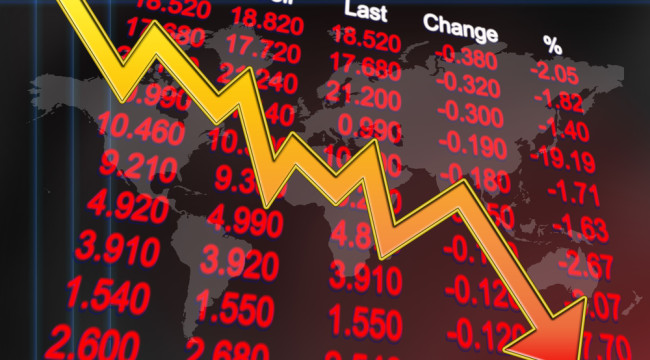

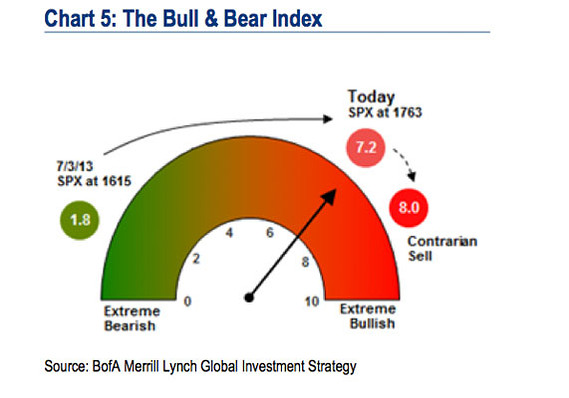

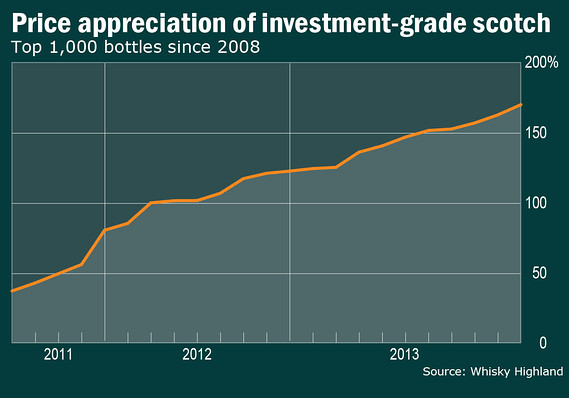

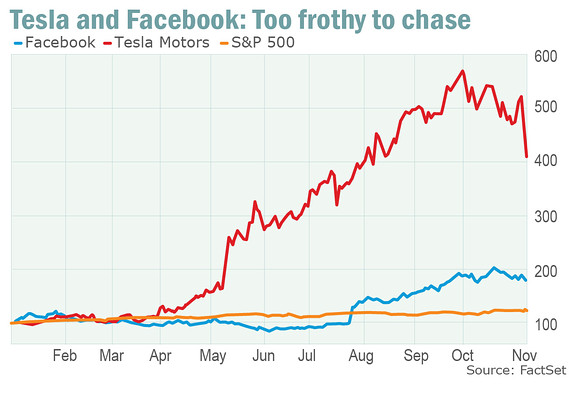
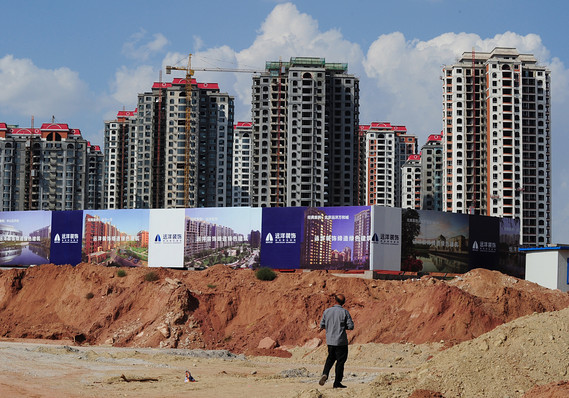
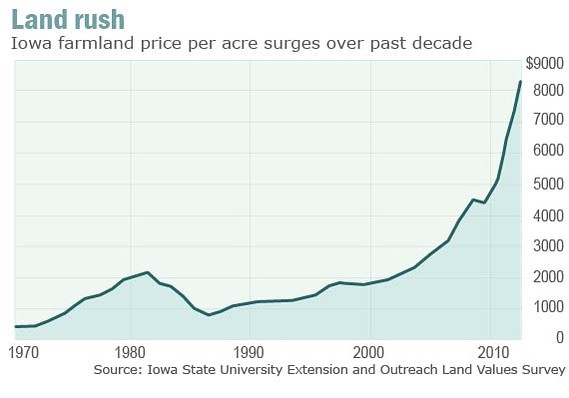
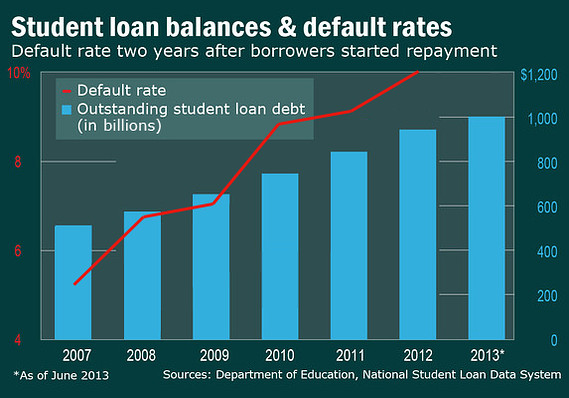
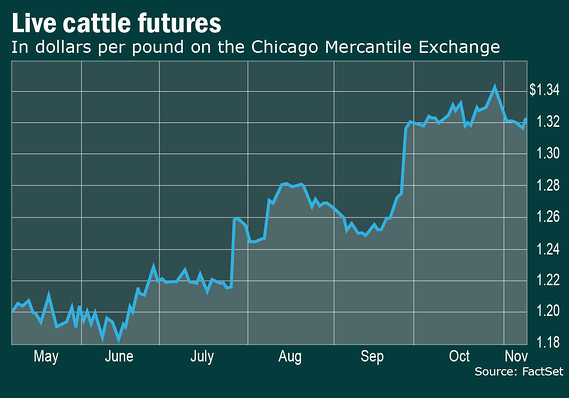
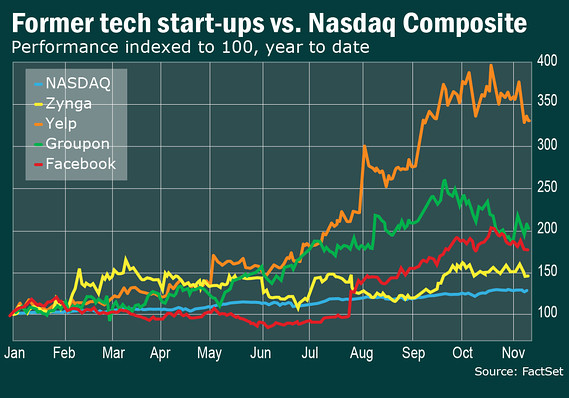

Comments: